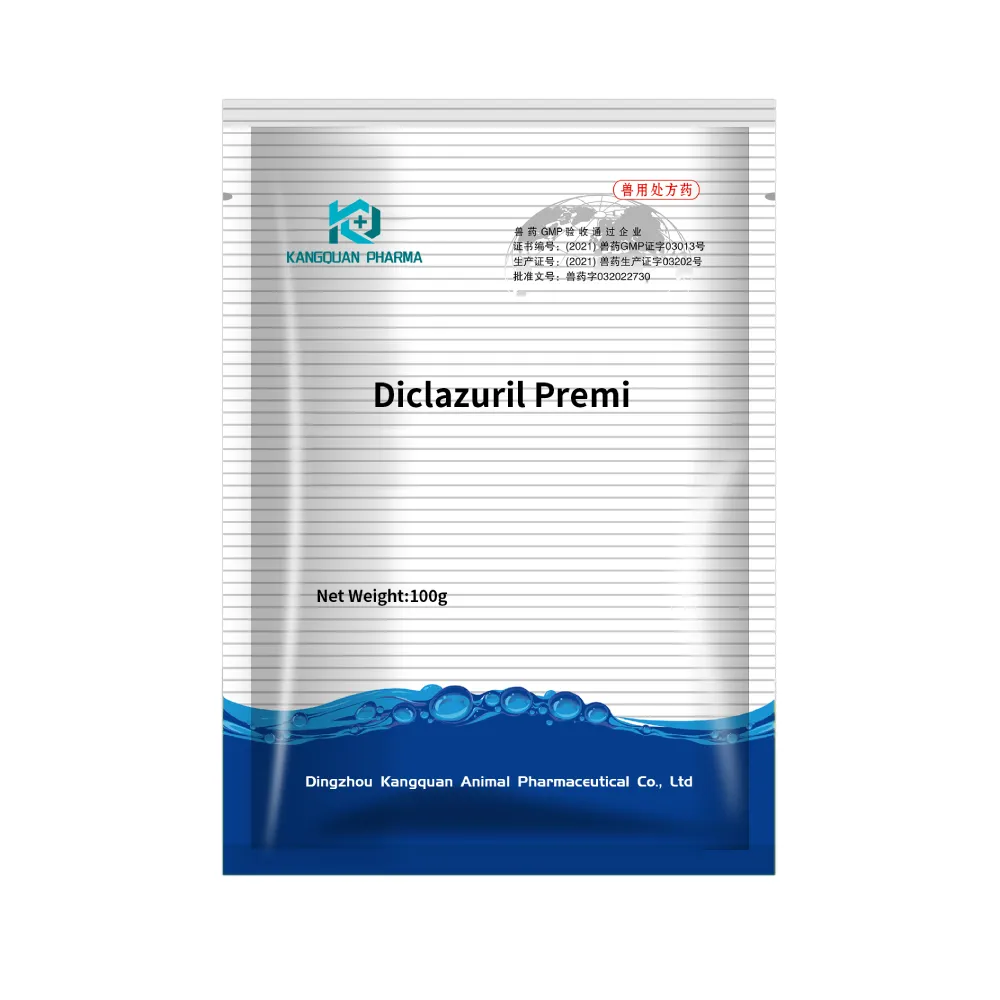- Afrikaans
- Albanian
- Amharic
- Arabic
- Armenian
- Azerbaijani
- Basque
- Belarusian
- Bengali
- Bosnian
- Bulgarian
- Catalan
- Cebuano
- Corsican
- Croatian
- Czech
- Danish
- Dutch
- English
- Esperanto
- Estonian
- Finnish
- French
- Frisian
- Galician
- Georgian
- German
- Greek
- Gujarati
- Haitian Creole
- hausa
- hawaiian
- Hebrew
- Hindi
- Miao
- Hungarian
- Icelandic
- igbo
- Indonesian
- irish
- Italian
- Japanese
- Javanese
- Kannada
- kazakh
- Khmer
- Rwandese
- Korean
- Kurdish
- Kyrgyz
- Lao
- Latin
- Latvian
- Lithuanian
- Luxembourgish
- Macedonian
- Malgashi
- Malay
- Malayalam
- Maltese
- Maori
- Marathi
- Mongolian
- Myanmar
- Nepali
- Norwegian
- Norwegian
- Occitan
- Pashto
- Persian
- Polish
- Portuguese
- Punjabi
- Romanian
- Russian
- Samoan
- Scottish Gaelic
- Serbian
- Sesotho
- Shona
- Sindhi
- Sinhala
- Slovak
- Slovenian
- Somali
- Spanish
- Sundanese
- Swahili
- Swedish
- Tagalog
- Tajik
- Tamil
- Tatar
- Telugu
- Thai
- Turkish
- Turkmen
- Ukrainian
- Urdu
- Uighur
- Uzbek
- Vietnamese
- Welsh
- Bantu
- Yiddish
- Yoruba
- Zulu
ធ្នូ . 11, 2024 19:23 Back to list
Common Disinfectants Used in Veterinary Practices for Effective Infection Control
Common Veterinary Disinfectants Ensuring Animal Health and Preventing Disease
In the world of veterinary medicine, maintaining a clean and hygienic environment is paramount for preventing the spread of infectious diseases among animals. One of the principal ways to achieve this is through the effective use of disinfectants. Veterinary disinfectants are specially formulated chemical agents designed to eliminate or reduce pathogenic microorganisms, including bacteria, viruses, and fungi, from surfaces and instruments in veterinary clinics, shelters, and farms. Understanding the common types of veterinary disinfectants, their uses, advantages, and limitations is crucial for veterinarians, animal caretakers, and pet owners alike.
Types of Veterinary Disinfectants
1. Alcohol-Based Disinfectants Ethyl alcohol (ethanol) and isopropyl alcohol are widely used in veterinary practices. They are effective against a broad spectrum of bacteria and viruses, particularly enveloped viruses like the influenza virus. Alcohol disinfectants are often used for sanitizing surfaces and veterinary instruments because they evaporate quickly, leaving minimal residues. However, they are not effective against spores and certain non-enveloped viruses.
2. Quaternary Ammonium Compounds (Quats) Quats are a group of disinfectants that include benzalkonium chloride and cetyl pyridinium chloride. They are effective against a variety of bacteria and viruses, making them suitable for use in veterinary clinics. Quats are relatively safe for animals and humans, but their efficacy may be diminished in the presence of organic matter. Therefore, surfaces should be pre-cleaned before applying quat disinfectants.
3. Chlorine Compounds Sodium hypochlorite, commonly known as bleach, is a potent disinfectant that is effective against a wide range of pathogens, including bacteria, viruses, and fungi. Its low cost and high effectiveness make it a popular choice for disinfecting surfaces in veterinary settings. However, chlorine compounds can be corrosive and damaging to surfaces if not diluted properly. They also require rinsing or drying time to ensure complete disinfection.
4. Phenolic Compounds Phenols, such as phenol and cresol, are effective against bacteria and fungi but can be toxic to animals if used improperly. Their residual effects make them useful for long-term disinfection, but they require careful handling and proper ventilation during application due to their potential harmful fumes.
common veterinary disinfectants

5. Iodophors Iodine-based disinfectants are used for skin disinfection and in surgical environments. they are effective against bacteria, viruses, and fungi, but they may cause skin irritation in some animals. Iodophors are generally used in diluted forms to minimize toxicity while still providing effective antimicrobial action.
Importance of Proper Use
Using disinfectants effectively in veterinary settings is not just about application; it involves understanding the specific environments, the pathogens involved, and the correct procedures for disinfectant use. Factors such as concentration, contact time, surface type, and organic matter presence directly impact the efficacy of these agents. It is critical to follow the manufacturer's instructions regarding dilution and application to maximize disinfectant effectiveness.
Additionally, safety protocols should be adhered to when using disinfectants. PPE (Personal Protective Equipment) such as gloves, masks, and eye protection should be worn to minimize exposure. Proper ventilation is also essential to avoid inhaling harmful fumes, especially when using potent agents like bleach or phenolic compounds.
Conclusion
In summary, the role of veterinary disinfectants in maintaining animal health and preventing disease transmission cannot be overstated. With various options available, each with unique properties and applications, veterinary professionals must select the right disinfectant for each situation, ensuring efficacy while prioritizing safety. By implementing proper sanitation practices, we can provide a healthier environment for animals, significantly reducing the risk of disease outbreaks in veterinary clinics, shelters, and farms. Ultimately, effective disinfection not only protects the animals under our care but also contributes to the broader public health and welfare of our communities.
-
Guide to Oxytetracycline Injection
NewsMar.27,2025
-
Guide to Colistin Sulphate
NewsMar.27,2025
-
Gentamicin Sulfate: Uses, Price, And Key Information
NewsMar.27,2025
-
Enrofloxacin Injection: Uses, Price, And Supplier Information
NewsMar.27,2025
-
Dexamethasone Sodium Phosphate Injection: Uses, Price, And Key Information
NewsMar.27,2025
-
Albendazole Tablet: Uses, Dosage, Cost, And Key Information
NewsMar.27,2025













